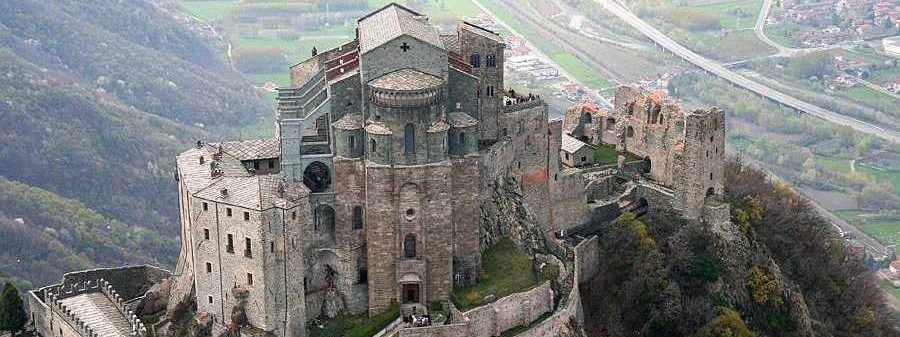

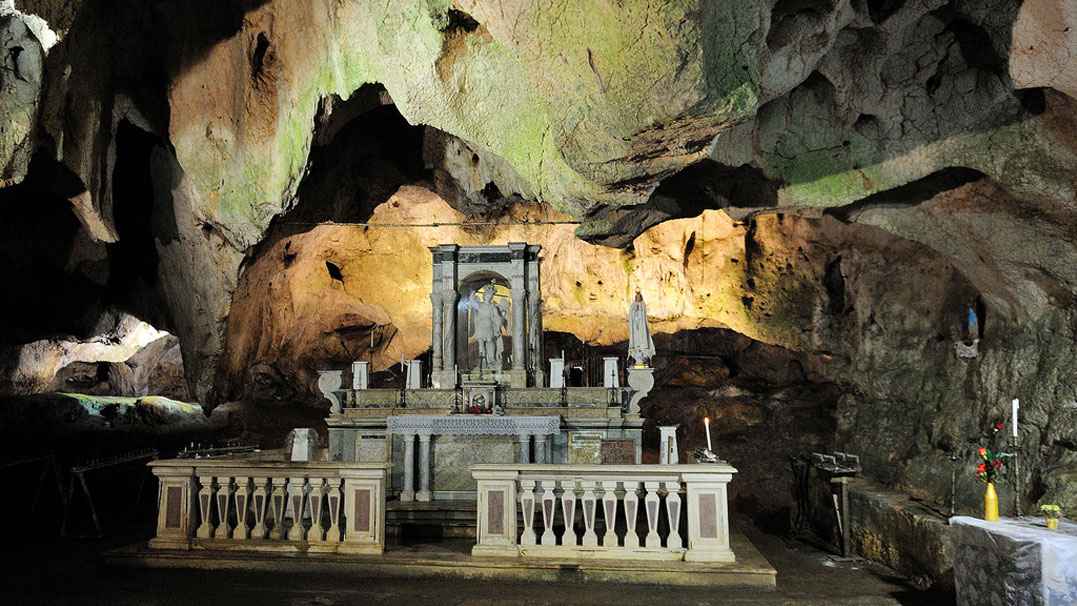


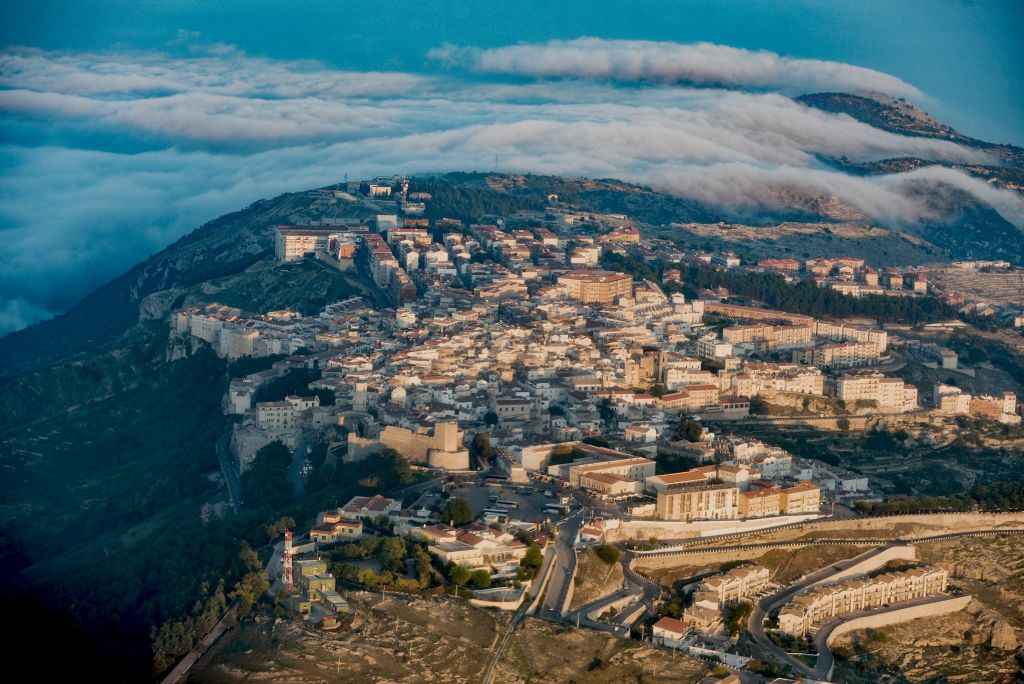 Monte Sant’Angelo is known throughout the world for its religious history, becoming a must-see for Saint Michael pilgrimages. Saints, emperors, popes, kings or simple faithful have come here to kneel before the altar of the Archangel Michael.
Monte Sant’Angelo is known throughout the world for its religious history, becoming a must-see for Saint Michael pilgrimages. Saints, emperors, popes, kings or simple faithful have come here to kneel before the altar of the Archangel Michael.
It is the highest in the Gargano (843 m) and is situated in a wonderful panoramic position on a spur south of the promontory, with a breathtaking view open to the west on the Tavoliere and to the south on the Gulf of Manfredonia. Seat of the Gargano National Park and a UNESCO World Heritage Site, the life of the town is concentrated around the Sanctuary of San Michele Arcangelo, built between the 5th and 6th centuries when, according to tradition, the apparitions of the archangel took place in a cave. The Lombards, who dominated Southern Italy at that time, made it their national sanctuary. In a short time it became a center renowned throughout Christianity and a must, not only for pilgrims from all over Europe, but also for the Crusaders leaving for Jerusalem. The built-up area has an elongated shape around the axis formed by the Via Manfredi; this reconnects on the western side of the town to the state road towards San Giovanni Rotondo and on the eastern side to a branch of the Garganica state road.
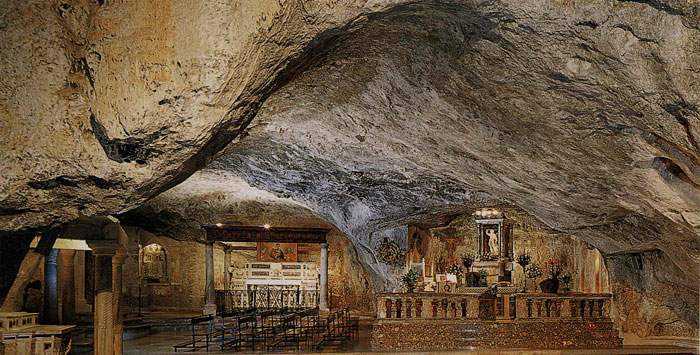 The origin of the Sanctuary of San Michele can be placed between the end of the 5th and the beginning of the 6th century. Ancient written sources bear witness to this: a letter sent by Pope Gelasius I in 493/494 to Giusto, bishop of Larino, another letter from the same Pontiff to Herculentius, bishop of Potenza (492 - 496) and another note reported by the Martyrology Geronimiano on the date of September 29th. But it is the "Liber de apparitione santi Michaelis in Monte Gargano", whose drafting dates back to the 8th century, that reconstructs in a precise and suggestive way the miraculous facts that gave rise to the cult of the Archangel Michael on the Gargano. It is linked to the memory of four apparitions that took place over the centuries, which are narrated with extraordinary and moving vivacity and bear witness to the miraculous events that occurred here.
The origin of the Sanctuary of San Michele can be placed between the end of the 5th and the beginning of the 6th century. Ancient written sources bear witness to this: a letter sent by Pope Gelasius I in 493/494 to Giusto, bishop of Larino, another letter from the same Pontiff to Herculentius, bishop of Potenza (492 - 496) and another note reported by the Martyrology Geronimiano on the date of September 29th. But it is the "Liber de apparitione santi Michaelis in Monte Gargano", whose drafting dates back to the 8th century, that reconstructs in a precise and suggestive way the miraculous facts that gave rise to the cult of the Archangel Michael on the Gargano. It is linked to the memory of four apparitions that took place over the centuries, which are narrated with extraordinary and moving vivacity and bear witness to the miraculous events that occurred here.

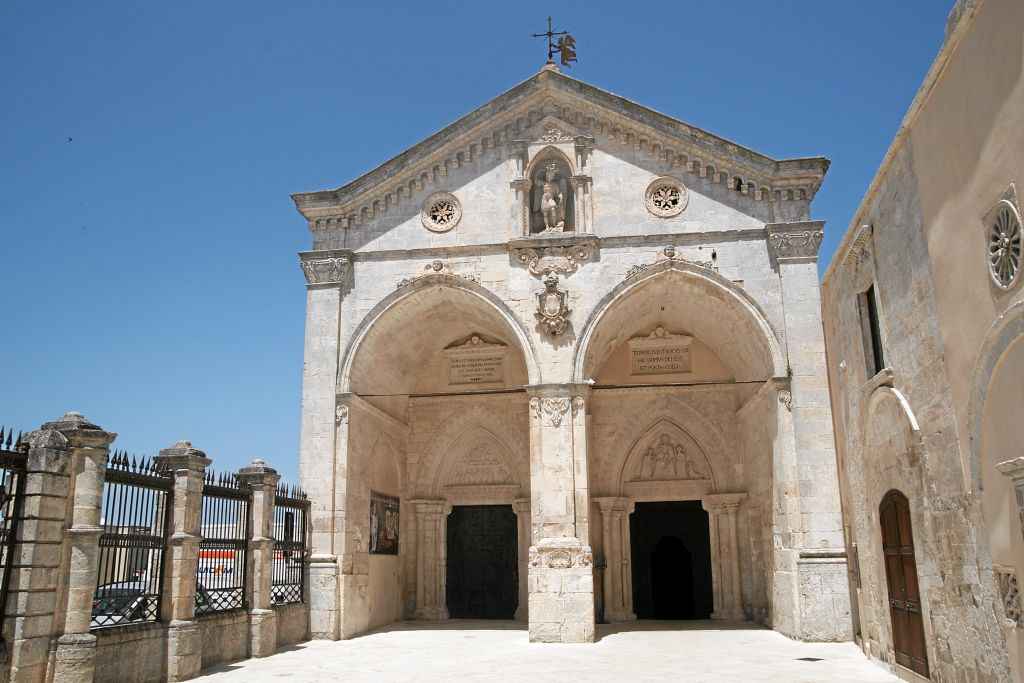 Entering through the Romanesque portal, we are inside the Basilica, the place chosen by St. Michael. The Church is composed by two parts: the one at the entrance is built in masonry and called the Angevin Nave while the other is a natural limestone cave. On the right there is a small altar, erected in honor of St. Francis: it remembers his visit to the Sanctuary, completed as far back as 1216. After a few steps, an unique spectacle of its kind: the cave, with its irregular rocky vault, which over the centuries has welcomed millions of pilgrims.
Entering through the Romanesque portal, we are inside the Basilica, the place chosen by St. Michael. The Church is composed by two parts: the one at the entrance is built in masonry and called the Angevin Nave while the other is a natural limestone cave. On the right there is a small altar, erected in honor of St. Francis: it remembers his visit to the Sanctuary, completed as far back as 1216. After a few steps, an unique spectacle of its kind: the cave, with its irregular rocky vault, which over the centuries has welcomed millions of pilgrims.
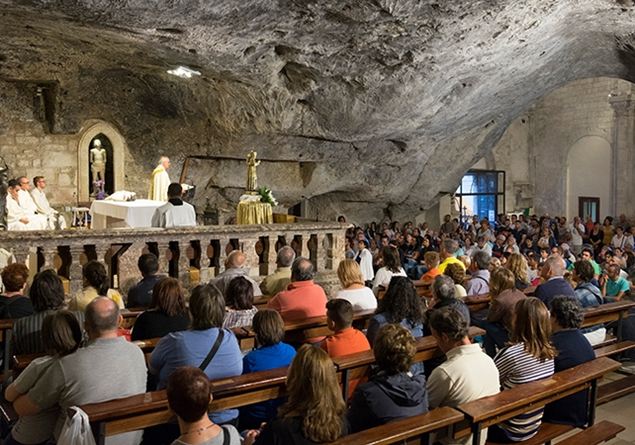 The most striking part of the ancient buildings of the sanctuary are the Crypts. These environments date back to the Lombard period and came to light after excavations in the years 1949-1960. Once they served as the entrance to the Grotto and were definitively abandoned in the XIII century, at the time of the Angevin constructions. Numerous inscriptions along the walls of the "crypts", some with runic characters, testify to the remarkable influx of pilgrims from all over Europe since the Lombard era. The crypts are composed of two rooms whose structures are built in two phases immediately following one another. Some wall inscriptions identified in 1974 made it possible to date the buildings between the end of the 7th and the beginning of the 8th century.
The most striking part of the ancient buildings of the sanctuary are the Crypts. These environments date back to the Lombard period and came to light after excavations in the years 1949-1960. Once they served as the entrance to the Grotto and were definitively abandoned in the XIII century, at the time of the Angevin constructions. Numerous inscriptions along the walls of the "crypts", some with runic characters, testify to the remarkable influx of pilgrims from all over Europe since the Lombard era. The crypts are composed of two rooms whose structures are built in two phases immediately following one another. Some wall inscriptions identified in 1974 made it possible to date the buildings between the end of the 7th and the beginning of the 8th century.
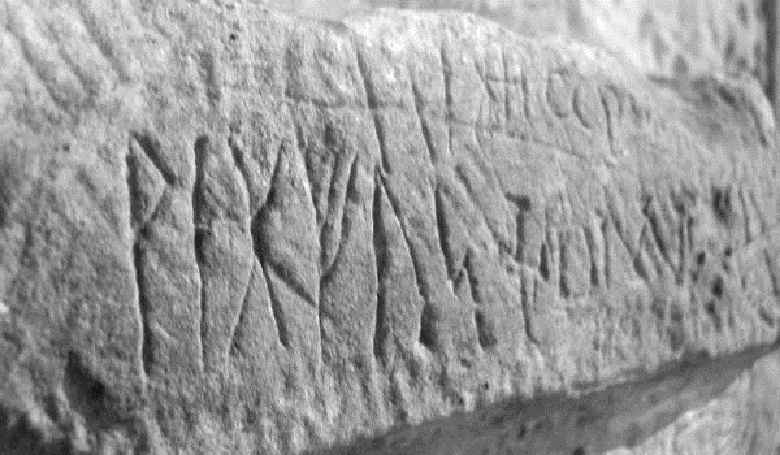 The crypts, about 60 meters long, develop below the floor of the Basilica. The first part of the church has the shape of an arcaded gallery, divided into eight rectangular bays. In this evocative environment, various sculptures from the excavations of the sanctuary, the former church of St. Peter and the ruins of the Benedictine abbey of S. Maria di Pulsano have been exhibited. All the exhibits on display here date from the 7th century to the 15th century. Passing through the opening carved into the retaining wall, we find ourselves in the other environment of the Lombard period, (with evident traces of pre-Longobard constructions) divided into two large naves.
The crypts, about 60 meters long, develop below the floor of the Basilica. The first part of the church has the shape of an arcaded gallery, divided into eight rectangular bays. In this evocative environment, various sculptures from the excavations of the sanctuary, the former church of St. Peter and the ruins of the Benedictine abbey of S. Maria di Pulsano have been exhibited. All the exhibits on display here date from the 7th century to the 15th century. Passing through the opening carved into the retaining wall, we find ourselves in the other environment of the Lombard period, (with evident traces of pre-Longobard constructions) divided into two large naves.
These rooms were definitively separated from the Sacred Grotto towards the years 1270-1275, when the Angevins, with the new constructions, gave the Sanctuary the current layout, sacrificing the previous works erected in honor of St. Michael the Archangel.
In November 1989, a devotional museum was opened in the rooms adjacent to a souvenir shop. The purpose of the museum is to collect and display for visitors the various objects that testify to the cult of St. Michael the Archangel. It is largely a matter of gifts offered to the Sanctuary by pilgrims during its secular history, as a sign of gratitude for the graces received. The objects are displayed in the corridor and in four rooms that make up the spaces of the museum.
